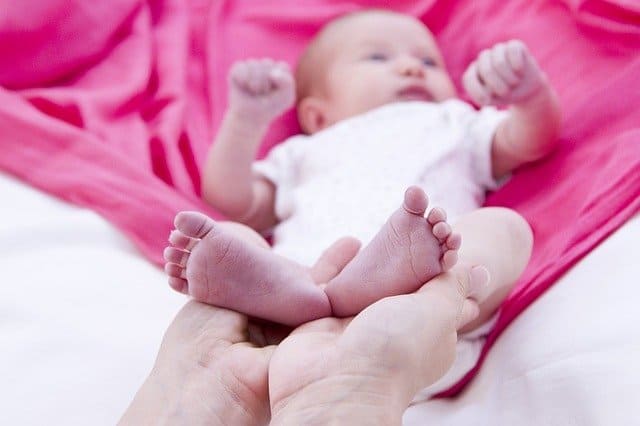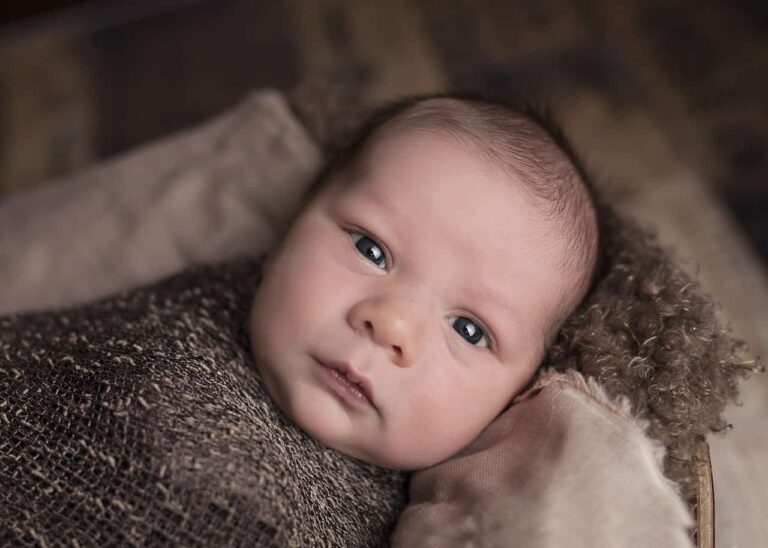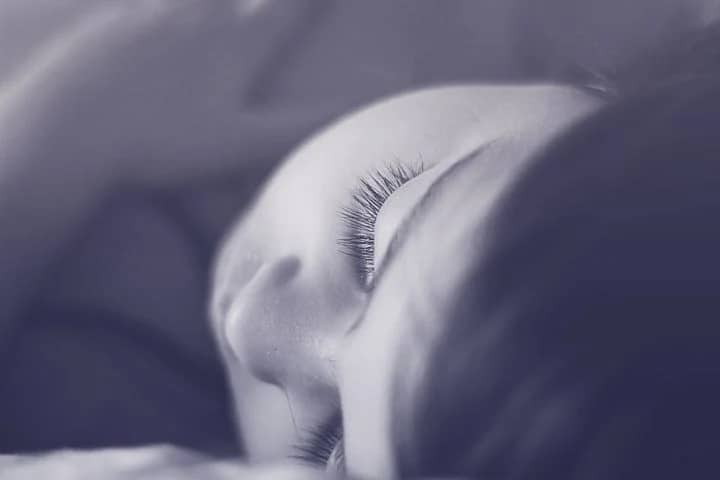My Baby is Flailing Their Arms and Legs While Sleeping: Is That Normal
Billions of parents sacrifice sleep every night to care for their kids. Why? Because you’ll never know what could happen in the middle of the night!
We’re sure you’ve been in a situation like this before. You stay up at night to breastfeed your baby. And even after feeding and putting them to sleep, you have to observe them like a satellite to a planet.
Anything can happen at any moment. Anything like flailing arms and legs?
Wait, what? Aren’t babies usually calm while they sleep?
Arm and leg flailing does happen in babies. And it’s not a cause of concern. (Granted, as long as you know what to do.) Here is why babies flail their limbs and how you can control their reflexes.
Is a Baby Flailing Their Arms and Legs while Sleeping Normal?
Flailing in babies while they sleep happens for a couple of reasons. We’ll list the possible factors why your kid is doing the boogie in their jammies.
Moro Reflexes
First, you might have heard of ‘reflexes’ before from either your science class or visit to the doctor. For a short refresher, reflexes are involuntary movements made by your body in response to a stimulus. Reflexes are something you do without thinking, and you usually have no control over them.
What does that have to do with a flailing baby? A lot of things, actually. Your child might be experiencing Moro reflexes.
Moro reflexes, also known as the startle reflex, is a baby’s response to sudden loud noise or bright lights. A baby experiencing Moro reflexes will first extend their arms and legs out before curling into a self-embrace. Loud sounds, sudden movements, and flashing lights can all trigger Moro reflexes.
Moro reflexes are a normal part of a baby’s development. In fact, you want your kid to experience startle reflexes to make sure their nervous system is properly developing. And don’t panic; these reflexes go away once your baby is 2 months old.
However, Moro reflexes can be uncomfortable for your infant and tiring for you. Parents swaddle their babies to help soothe them at night and keep them sleeping like a, well, baby!
Of course, you have to be careful when turning your baby into a lifesize burrito, especially if it’s your first time. Some infants can experience hip dysplasia when incorrectly swaddled. This video can guide you on swaddling your baby safely and comfortably.
Eczema
Another reason why your baby might be flailing their arms is itchiness. Some mothers of babies with eczema share that their infants swing their hands and legs.
Eczema has other symptoms asides from itchiness, like patchy skin. Although, it’s not so easy to differentiate eczema from a rash or other skin condition. Fortunately, pediatricians can tell which is which.
Eczema is a hereditary condition, and most babies outgrow them when they get older. But while your baby is experiencing itching and discomfort at home, you can soothe them with moisturizer, comfy clothes, and a lukewarm bath.
Other Reasons
Other parents share stories about how their infant might flail their hands and legs. Reasons range from skipping naps, being overtired, and passing gas. All of these are very solvable.
What to Do When Your Baby is Flailing While Sleeping
You’re bound to see movements at night when dealing with your baby. Asides from the suggestions mentioned above, here are some things you should remember when you notice flailing in the middle of sleep time.
- Stay calm. There is no need to panic when you see flailing. Instead, observe your infant and see how long their waving last.
- Check for their breathing. Is your infant breathing normally? Watch out for any disturbance in their respiration, either going too fast or too slow.
- Keep your baby far from the corner of their crib or bed. They might move around while flailing. Placing them near a corner puts them at a risk of falling.
- Be cautious with swaddling. Some babies are very physical, and they can break through their wrap. If your infant tends to move a lot, let their head and arms free.
- Contact your pediatrcian when there are other signs of disturbance in their sleep, such as inability to sleep or crying all night. There might be an obstruction that is keeping them from resting.
A Guide to Swaddling
Before we end this article, here is a quick written tutorial on swaddling your baby. As mentioned above, swaddling can help soothe your baby while they’re experiencing reflexes. Bundling them up simulates being inside the womb and feeling protected.
- First, place a blanket in a diamond position on a flat surface and fold the top corner over.
- Next, lay your child face up with her head over the folder corner.
- Last, wrap each corner over your baby and tuck it underneath. Start with either the right or left corner, the bottom corner, and the other corner.
Make sure your wrapping is neither too lose nor too tight. Be extra careful with your baby’s arms, legs, and hips too. You always want to make sure your infant lies down flat on their back while resting. When done correctly, your baby will feel cozy enough to sleep for the whole night.
Conclusion
Lots of things can happen while your infant is sleeping. You might have caught them flailing their arms and legs before going back to sleep.
Your baby is most likely reacting to their environment through involuntary movement. Alternatively, your infant just has too much gas. Either way, there is nothing to be worried about if those reflexes are occasional and not obstructive.
One best way to help relax your baby is through swaddling. Wrapping them up in a burrito blanket makes them feel cozy and less likely to be startled. Just make sure it’s done correctly to avoid unnecessary injuries.
Watching over a baby at night is tough work. You have to be extra careful about each twist and turn. On the bright side, at least you get to see your angel sleeping while you’re at it.










